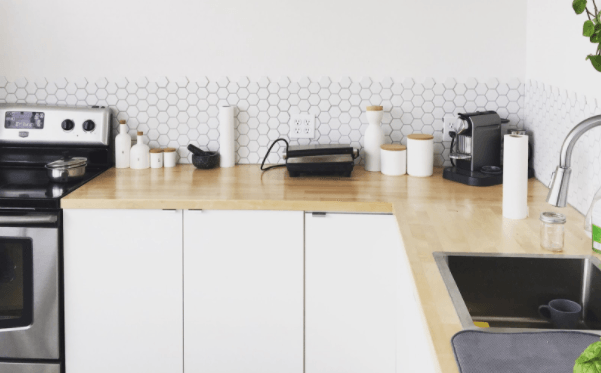
Although we use electric appliances around the house every day, these appliances can pose a serious electrical hazard. Light bulbs, appliances, and power cords all have the potential to start a fire. To protect yourself, your children, and your home, here are five do’s and don’ts for home electrical safety.
Do: Pay attention to your breaker
A tripped breaker is not only extremely frustrating, but also potentially dangerous. If your breaker trips immediately after resetting, it could be a symptom of a dangerous problem. If you continue to reset it, you may cause a serious electrical fire.
A professional electrician can diagnose the issue, which may be a faulty box, too great of an electric load, or a fire hazard. Some houses built in the 1990s or earlier were installed with breaker models that are now discontinued due to fire hazards. If your box was manufactured by Federal Pacific, ITE Pushmatic, Zinsco, or GTE/Sylvania, buy a replacement.
Don’t: Put water on an electrical fire
Throwing water on a fire is an almost instinctive reaction. However, since water conducts electricity, it will worsen an electrical fire. Only a chemical fire extinguisher can safely combat an electrical fire. It is important to always have a fire extinguisher handy, especially in the kitchen.
Follow the firefighter-recommended PASS method for using your fire extinguisher. First, pull (P) the safety pin of the fire extinguisher. Next, aim (A) the nozzle and squeeze (S) the handle at the base of the fire. Sweep (S) the extinguisher in a side-to-side motion until you have put out the flames.
If you aren’t sure if you can fight the fire, run. Although losing your house and possessions is devastating, losing your life is much worse.
Do: Teach children electrical safety
Since children are naturally curious, it is easy for an electrical accident to occur. To prevent a hazardous situation, teach children to unplug appliances after use and to never play with electrical appliances near water.
Use child-proof caps in unused outlets, and keep electrical cords out of reach of pets and young children. It’s also a good idea to create and practice a home fire escape plan with your children.
Don’t: Ignore hot outlets
An outlet or breaker that is hot to the touch is one of the most immediate signs that something is wrong. A hot outlet could mean that the electrical load is too high, the wiring is melting, or the wiring has come loose. Investigate flickering lights, another indicator of loose wiring.
Whenever you are concerned about the safety of your home electrical outlets, you should contact a licensed electrician.
Do: Ground your appliances
Appliances with a three-prong plug are the safest options for your home. Old appliances are particularly at risk for electrical malfunctions and should be updated to three-prong plugs. Without properly grounding your appliances, you could be at risk for electrical shocks. Replace outlets that aren’t grounded and install a new circuit. You will likely need an electrician to repair or install the outlets.
At Sonitrol, home safety is our priority. We offer state-of-the-art home security technology, including wireless monitoring, burglary monitoring, and security cameras. To learn more about how to protect your home, contact our expert team at (843) 747-0904.

